Chrysler 2013 Annual Report Download - page 167
Download and view the complete annual report
Please find page 167 of the 2013 Chrysler annual report below. You can navigate through the pages in the report by either clicking on the pages listed below, or by using the keyword search tool below to find specific information within the annual report.-
 1
1 -
 2
2 -
 3
3 -
 4
4 -
 5
5 -
 6
6 -
 7
7 -
 8
8 -
 9
9 -
 10
10 -
 11
11 -
 12
12 -
 13
13 -
 14
14 -
 15
15 -
 16
16 -
 17
17 -
 18
18 -
 19
19 -
 20
20 -
 21
21 -
 22
22 -
 23
23 -
 24
24 -
 25
25 -
 26
26 -
 27
27 -
 28
28 -
 29
29 -
 30
30 -
 31
31 -
 32
32 -
 33
33 -
 34
34 -
 35
35 -
 36
36 -
 37
37 -
 38
38 -
 39
39 -
 40
40 -
 41
41 -
 42
42 -
 43
43 -
 44
44 -
 45
45 -
 46
46 -
 47
47 -
 48
48 -
 49
49 -
 50
50 -
 51
51 -
 52
52 -
 53
53 -
 54
54 -
 55
55 -
 56
56 -
 57
57 -
 58
58 -
 59
59 -
 60
60 -
 61
61 -
 62
62 -
 63
63 -
 64
64 -
 65
65 -
 66
66 -
 67
67 -
 68
68 -
 69
69 -
 70
70 -
 71
71 -
 72
72 -
 73
73 -
 74
74 -
 75
75 -
 76
76 -
 77
77 -
 78
78 -
 79
79 -
 80
80 -
 81
81 -
 82
82 -
 83
83 -
 84
84 -
 85
85 -
 86
86 -
 87
87 -
 88
88 -
 89
89 -
 90
90 -
 91
91 -
 92
92 -
 93
93 -
 94
94 -
 95
95 -
 96
96 -
 97
97 -
 98
98 -
 99
99 -
 100
100 -
 101
101 -
 102
102 -
 103
103 -
 104
104 -
 105
105 -
 106
106 -
 107
107 -
 108
108 -
 109
109 -
 110
110 -
 111
111 -
 112
112 -
 113
113 -
 114
114 -
 115
115 -
 116
116 -
 117
117 -
 118
118 -
 119
119 -
 120
120 -
 121
121 -
 122
122 -
 123
123 -
 124
124 -
 125
125 -
 126
126 -
 127
127 -
 128
128 -
 129
129 -
 130
130 -
 131
131 -
 132
132 -
 133
133 -
 134
134 -
 135
135 -
 136
136 -
 137
137 -
 138
138 -
 139
139 -
 140
140 -
 141
141 -
 142
142 -
 143
143 -
 144
144 -
 145
145 -
 146
146 -
 147
147 -
 148
148 -
 149
149 -
 150
150 -
 151
151 -
 152
152 -
 153
153 -
 154
154 -
 155
155 -
 156
156 -
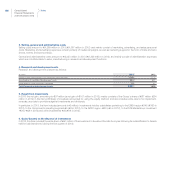 157
157 -
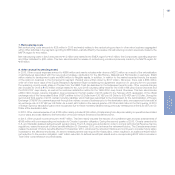 158
158 -
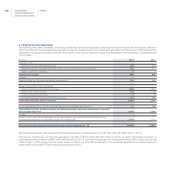 159
159 -
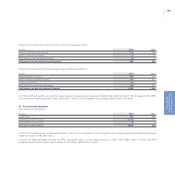 160
160 -
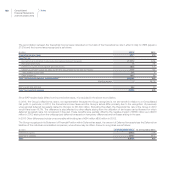 161
161 -
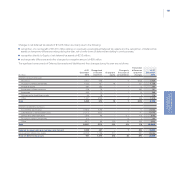 162
162 -
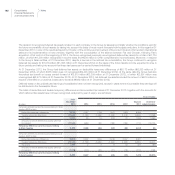 163
163 -
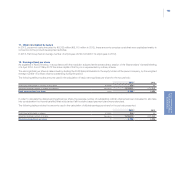 164
164 -
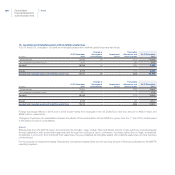 165
165 -
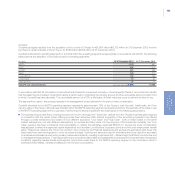 166
166 -
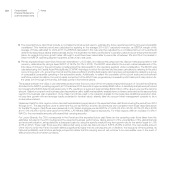 167
167 -
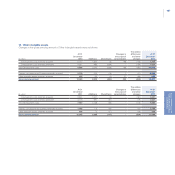 168
168 -
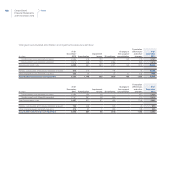 169
169 -
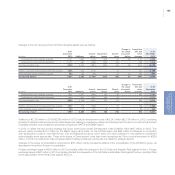 170
170 -
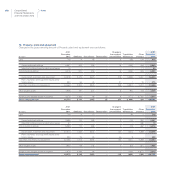 171
171 -
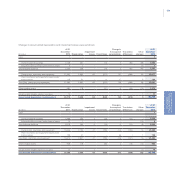 172
172 -
 173
173 -
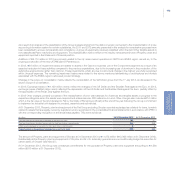 174
174 -
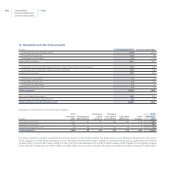 175
175 -
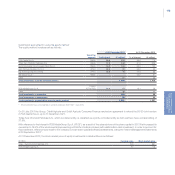 176
176 -
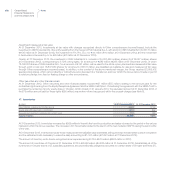 177
177 -
 178
178 -
 179
179 -
 180
180 -
 181
181 -
 182
182 -
 183
183 -
 184
184 -
 185
185 -
 186
186 -
 187
187 -
 188
188 -
 189
189 -
 190
190 -
 191
191 -
 192
192 -
 193
193 -
 194
194 -
 195
195 -
 196
196 -
 197
197 -
 198
198 -
 199
199 -
 200
200 -
 201
201 -
 202
202 -
 203
203 -
 204
204 -
 205
205 -
 206
206 -
 207
207 -
 208
208 -
 209
209 -
 210
210 -
 211
211 -
 212
212 -
 213
213 -
 214
214 -
 215
215 -
 216
216 -
 217
217 -
 218
218 -
 219
219 -
 220
220 -
 221
221 -
 222
222 -
 223
223 -
 224
224 -
 225
225 -
 226
226 -
 227
227 -
 228
228 -
 229
229 -
 230
230 -
 231
231 -
 232
232 -
 233
233 -
 234
234 -
 235
235 -
 236
236 -
 237
237 -
 238
238 -
 239
239 -
 240
240 -
 241
241 -
 242
242 -
 243
243 -
 244
244 -
 245
245 -
 246
246 -
 247
247 -
 248
248 -
 249
249 -
 250
250 -
 251
251 -
 252
252 -
 253
253 -
 254
254 -
 255
255 -
 256
256 -
 257
257 -
 258
258 -
 259
259 -
 260
260 -
 261
261 -
 262
262 -
 263
263 -
 264
264 -
 265
265 -
 266
266 -
 267
267 -
 268
268 -
 269
269 -
 270
270 -
 271
271 -
 272
272 -
 273
273 -
 274
274 -
 275
275 -
 276
276 -
 277
277 -
 278
278 -
 279
279 -
 280
280 -
 281
281 -
 282
282 -
 283
283 -
 284
284 -
 285
285 -
 286
286 -
 287
287 -
 288
288 -
 289
289 -
 290
290 -
 291
291 -
 292
292 -
 293
293 -
 294
294 -
 295
295 -
 296
296 -
 297
297 -
 298
298 -
 299
299 -
 300
300 -
 301
301 -
 302
302 -
 303
303 -
 304
304 -
 305
305 -
 306
306 -
 307
307 -
 308
308 -
 309
309 -
 310
310 -
 311
311 -
 312
312 -
 313
313 -
 314
314 -
 315
315 -
 316
316 -
 317
317 -
 318
318 -
 319
319 -
 320
320 -
 321
321 -
 322
322 -
 323
323 -
 324
324 -
 325
325 -
 326
326 -
 327
327 -
 328
328 -
 329
329 -
 330
330 -
 331
331 -
 332
332 -
 333
333 -
 334
334 -
 335
335 -
 336
336 -
 337
337 -
 338
338 -
 339
339 -
 340
340 -
 341
341 -
 342
342 -
 343
343 -
 344
344 -
 345
345 -
 346
346 -
 347
347 -
 348
348 -
 349
349 -
 350
350 -
 351
351 -
 352
352 -
 353
353 -
 354
354 -
 355
355 -
 356
356 -
 357
357 -
 358
358 -
 359
359 -
 360
360 -
 361
361 -
 362
362 -
 363
363 -
 364
364 -
 365
365 -
 366
366
 |
 |

166 Consolidated
Financial Statements
at 31 December 2013
Notes
The expected future cash flows include a normalized terminal period used to estimate the future results beyond the time period explicitly
considered. This terminal period was calculated by applying to the average 2014-2017 expected revenues, an EBITDA margin of the
average of those estimated for 2014-2017; the EBITDA calculated in this way was then adjusted by a normalized amount of investments
determined assuming a steady state business and by the expected monetary contributions to pension plans and post-employment benefit
plans. As regards long-term growth rates, although it would have been reasonable to use a rate of between 2% and 3% in the market in
which the NAFTA operating segment operates, a rate of zero was used.
Pre-tax expected future cash flows have been estimated in U.S. Dollars, and discounted using a pre-tax discount rate appropriate for that
currency, determined by using a base WACC of 16.0% (15.1% in 2012). The WACC used reflects the current market assessment of the
time value of money for the period being considered and the risks specific to the operating segment under consideration. The WACC was
calculated using the Capital Asset Pricing Model (“CAPM”) technique in which the risk free rate has been calculated by referring to the yield
curve of long-term U.S. government bonds and the beta coefficient and the debt/equity ratio have been extrapolated by analyzing a group
of comparable companies operating in the automotive sector. Additionally, to reflect the uncertainty of the current economic environment
and future market conditions, the cost of equity component of the WACC was progressively increased by a 50 basis point risk premium for
the years 2014 through 2016 and by 300 basis points in the terminal period.
The surplus between the value in use estimated as above and the book value of the net capital employed (inclusive of Goodwill and Brands
allocated to the NAFTA operating segment) at 31 December 2013 amounts to approximately €560 million. A sensitivity analysis was performed
by increasing the WACC determined as above by 0.5%, resulting in a surplus of approximately €200 million of the value in use over the carrying
amount. Based on scenario and business plan assumptions used, additional sensitivity analysis have not been performed as the assumptions
used for the business plan preparation (“Low Case”) and those used in the valuation analysis for the base case (additional execution risks,
nil long-term growth rate and average results projected in terminal value), already take into account what management consider to be a
conservative scenario.
Impairment tests for other regions, where Goodwill was allocated, were based on the expected future cash flows covering the period from 2014
through 2017. The assumptions used to determine the pre-tax WACCs and the risk premiums were consistent with those described above
for the NAFTA region. Cash flows were measured in U.S. Dollars and base pre-tax WACCs of 14.9% (14.4% in 2012), 22.3% (17.2% in 2012)
and 17.9% (16.4% in 2012) were used for the APAC, LATAM and EMEA regions respectively. For these regions, after an increase of 0.5% in
WACCs, the recoverable amounts still exceed their carrying amounts.
For Luxury Brands, the CGU corresponds to the Ferrari and the expected future cash flows are the operating cash flows taken from the
estimates included in the 2014 budget and the expected business performance, taking account of the uncertainties of the global financial
and economic situation, extrapolated for subsequent years by using the specific medium/long-term growth rate for the sector equal to 1.0%
(2.0% in 2012). These cash flows were then discounted using a post-tax discount rate of 8.35% (8.05% in 2012). The recoverable amount
of the CGU to which the Ferrari Goodwill relates is significantly higher than its carrying amount; in addition, the exclusivity of the business, its
historical profitability and its future earnings prospects indicate that this carrying amount will continue to be recoverable, even in the event of
difficult economic and market conditions.
